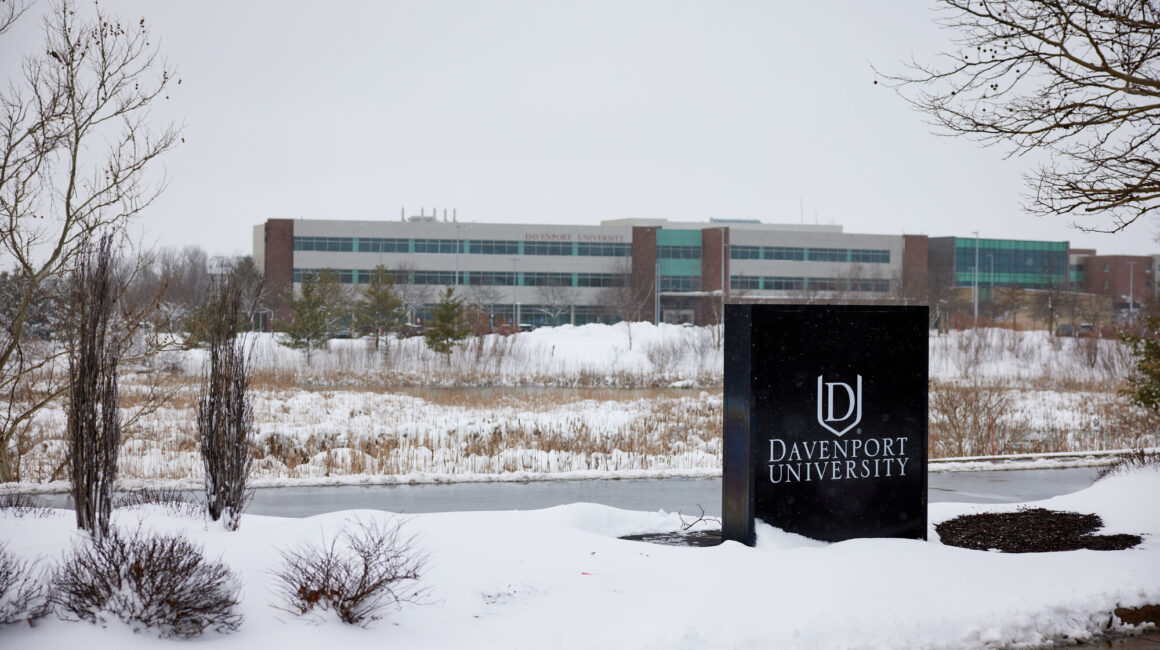
Avoid the stress of applying for student aid with these tips
Did you know that this year’s Free Application for Federal Student Aid (FAFSA) opens up to students on October 1? The US Department of Education is the largest provider of student financial aid in the nation and the FAFSA is the only way to receive federal financial aid for college, such as federal grants, work-study and loans.
Financial aid applications can seem overwhelming to students. That’s why we are here to help. Follow the tips below to navigate through your FAFSA application process with ease.
Start right away
Each year, the FAFSA opens on October 1. While the deadline for FAFSA often varies by school or state, it is important to get started right away – even if you have several months before it is due. Every school has a limited amount of money to award, meaning, that to ensure you have the best chance possible to receive the maximum aid you are eligible for, you should submit your application as soon as possible.
Don’t assume you won’t qualify
Many students think that if they do not significantly struggle financially that they will not qualify for aid. This is not always the case. Many different factors are taken into account when your application is reviewed, such as your family size and the student’s year in school. Even if you do not receive grant assistance for school, submitting your application may help you to receive other aid such as work-study or federal student loans.
Avoid the headache
Make things easier on yourself and use the IRS Data Retrieval Tool. This will help to shorten the time it takes to complete your FAFSA application because it will auto-populate the information reported on your IRS tax forms. Avoid the headache and speed through this section of the application – this will also minimize your likelihood of having an error on your application.
Gather key documents before starting
The application process generally takes up to an hour. To help speed it up, make sure to have the following items ready. If you get stuck or need to take a break, you can save the data you have entered and come back to the application later.
- Student FSA ID (parents or legal guardians need one too)
- Student’s social security number
- Student’s driver’s license
- Student’s prior-year tax information (if filed)
- Legal guardians’ prior-year tax information (you must use the prior year’s tax information, even if your current income is dramatically different)
- Record of untaxed income, such as child support received or veteran non-education benefits
- Record of assets, including bank account balances, stocks, bonds, and real estate investments other than the home you reside in
- List of schools the student is applying to and is interested in attending (Davenport University’s school code is 002249)
Check for errors
As we all know, it is important to avoid making errors when submitting your FAFSA since it can limit how much aid you will be eligible for. Make sure you check over your application before submitting it. After you submit your FAFSA, you will also receive a Student Aid Report (SAR). Make sure to also double-check this report for errors and make any corrections you find to your online application.
Reapply every year
The first time you submit your FAFSA can be extremely stressful. It gets easier every year. The next time you file, you may have about 75% of the information on the form pre-entered from the previous year before. Each year, you will only need to complete the areas indicated and update any information that may have changed. Put in the hard work the first year – the benefits will be worth it.






No Responses